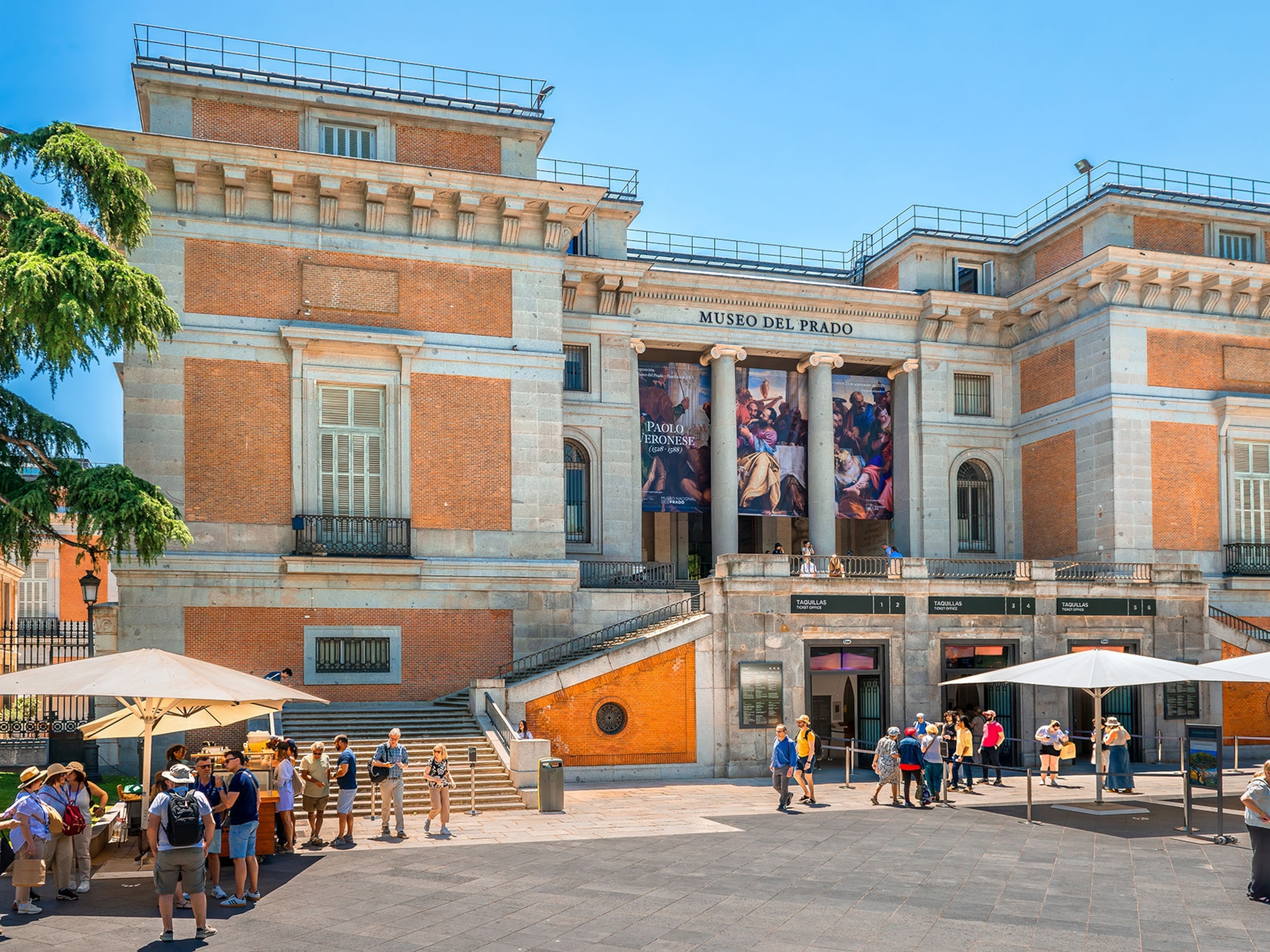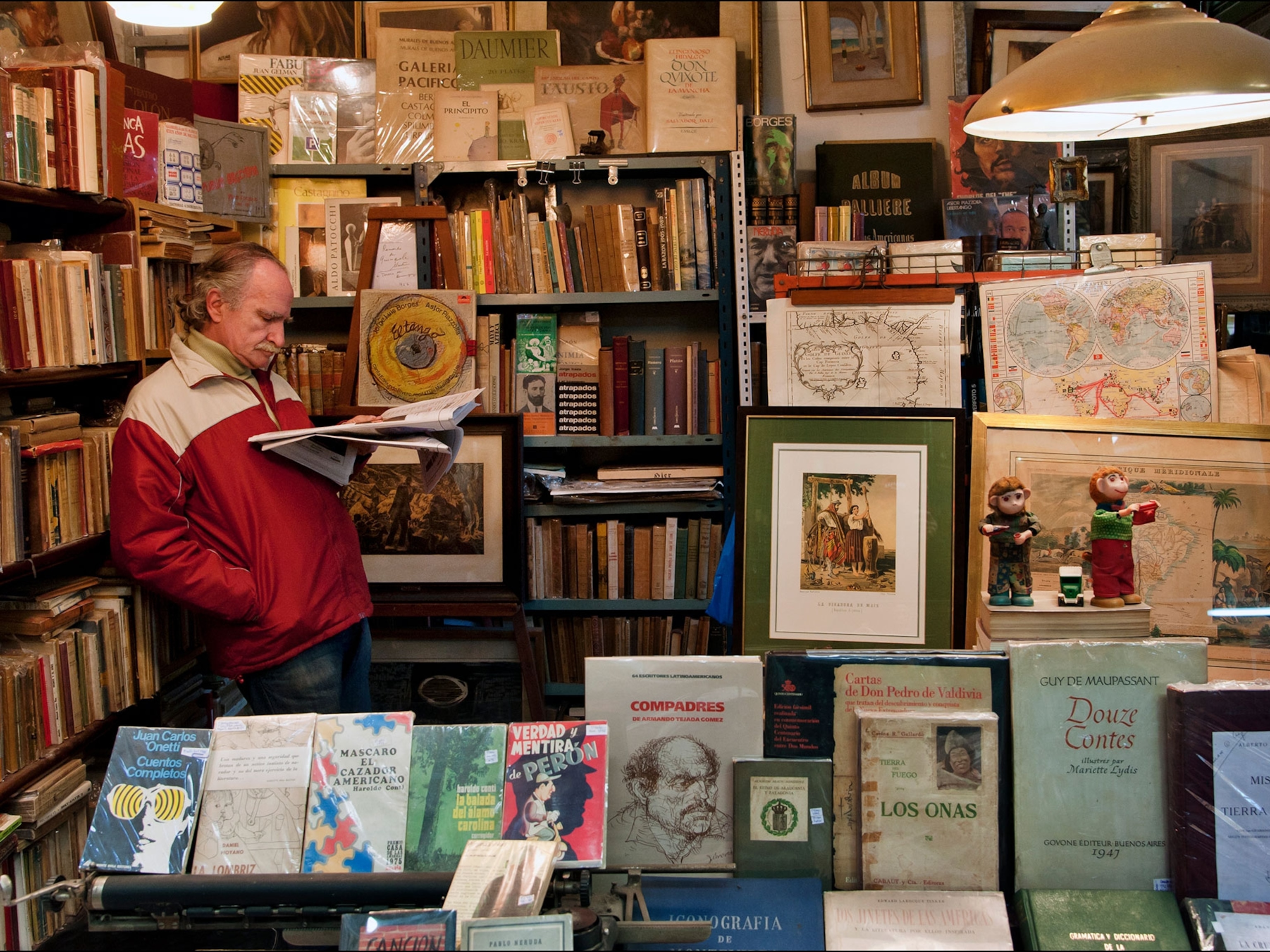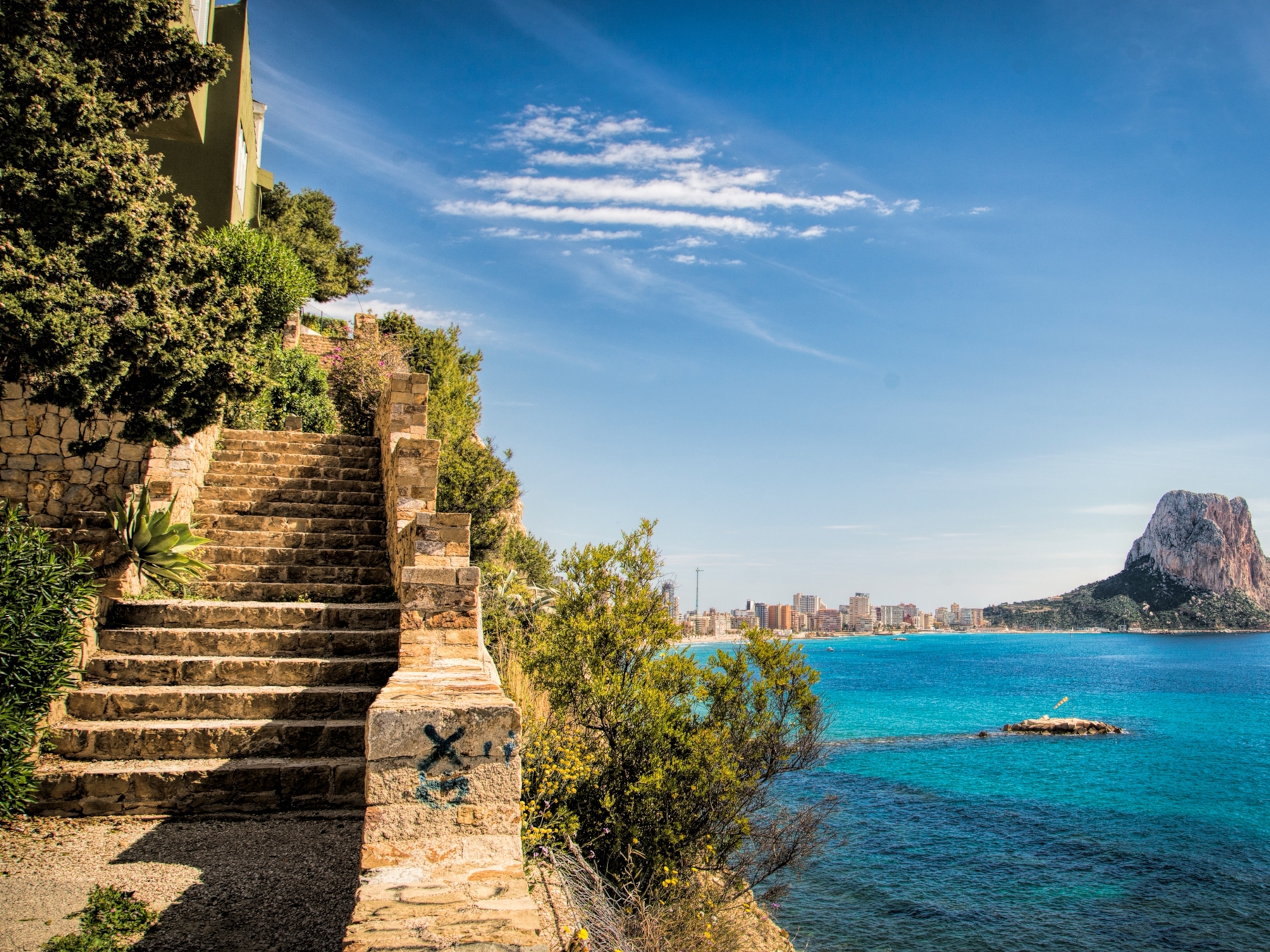
Discover the Best of Madrid
Explore the Spanish capital with these top 10 tips.
With its perennially packed tapas bars, world-renowned art, and vivacious spirit, Madrid is always full of surprises.
Wildlife
The Retiro, Madrid’s most famous park, is located in the heart of the city and draws crowds with its manicured gardens and ethereal Glass Palace, but Casa de Campo, which clocks in at six times the size of Central Park, offers tranquility and unsullied nature at arm’s length. See if you can spot local wildlife like foxes, red squirrels, and migratory birds.
National Park
The Sierra de Guadarrama mountain range, located an hour north of the city, encompasses over 130 square miles of pine groves, rocky ridges, and scrubby Mediterranean forest. Day hikers looking for sweeping views, hidden lakes, and a relatively easy ascent should climb El Nevero peak in Navafría; experienced mountaineers will relish the challenging ascents flanking the La Jarosa reservoir.
UNESCO Site
A commuter train from the city center will drop you in Miguel de Cervantes’ hometown, Alcalá de Henares, in 45 minutes. The UNESCO-protected city was the world’s first designated college town, and Alcalá’s eponymous university remains its nerve center to this day. You can visit the campus (inaugurated in 1293) and sample a tapa or three along the arcaded Calle Mayor in an afternoon.
Cultural Experience
To dine like a Madrileño, embark on a tapeo, or tapas crawl, through the cobblestone streets that snake south from the Plaza Mayor, such as Cava Baja and Calle del Almendro. There are no rules—simply waltz into the bars whose menus appeal most and eat, drink, and repeat.
Best Day Trip
Discover a sleepier side of Spain in Segovia, a medieval city known for three things: butter-soft cochinillo asado, or roast suckling pig; the Alcázar, a UNESCO World Heritage site said to have inspired the Disney castle; and the Roman aqueduct, a 91-foot-tall marvel that’s stood for 2,000 years, without any mortar to keep the stones in place.
Off the Beaten Path
For food that won’t disappoint, skip the overhyped Mercado de San Miguel and drop by Mercado de la Paz instead. It’s a true-blue neighborhood mercado—think elaborate fruit displays and aproned fishmongers—and houses a handful of restaurants that punch above their weight, including Casa Dani, an unfussy bar that slings the city’s best tortillas, and Matteo Cucina Italiana, the preferred pasta restaurant of homesick Italians.
Most Iconic Place
You can’t leave Madrid without strolling under the arches of the Plaza Mayor. Erected between 1580 and 1619, the plaza conveys the opulence of the Spanish Golden Age with its Flemish-style spires, vivid frescoes, and soaring porticoes. Feeling peckish? Shell out a couple of euros for an overstuffed bocadillo de calamares, or calamari baguette, a specialty of bars in the area.
- National Geographic Expeditions
Late Night
As the rest of Europe turns out the lights, revelers in Madrid don their dancing shoes: The major nightclubs (such as Teatro Barceló, Mondo Disko, and Kapital) don’t start filling up until after 2 a.m. For a more casual night out, go bar-hopping through Malasaña, whose more intimate venues (like BarCo, Café La Palma, and Cazador) draw a mostly local crowd.
Historic Site
Follow in the footsteps of pharaohs at the Templo de Debod, a bona fide Egyptian temple perched on a hill in the Parque del Oeste (an ideal sunset viewpoint). Although the structure is more than 2,200 years old, it was relocated to Madrid in 1968 as a gift to the Spanish government for assisting in the building of the Aswan Dam.
Flamenco
It’s easy to get swept up in the emotion of flamenco, the supercharged, heel-clacking dance native to the south of Spain. Catch expertly executed nightly shows at Cardamomo Tablao and Las Tablas, the city’s premier flamenco venues, or for a more affordable (and less touristy) experience, there’s an 8 p.m. live performance at El Juglar every Wednesday.





